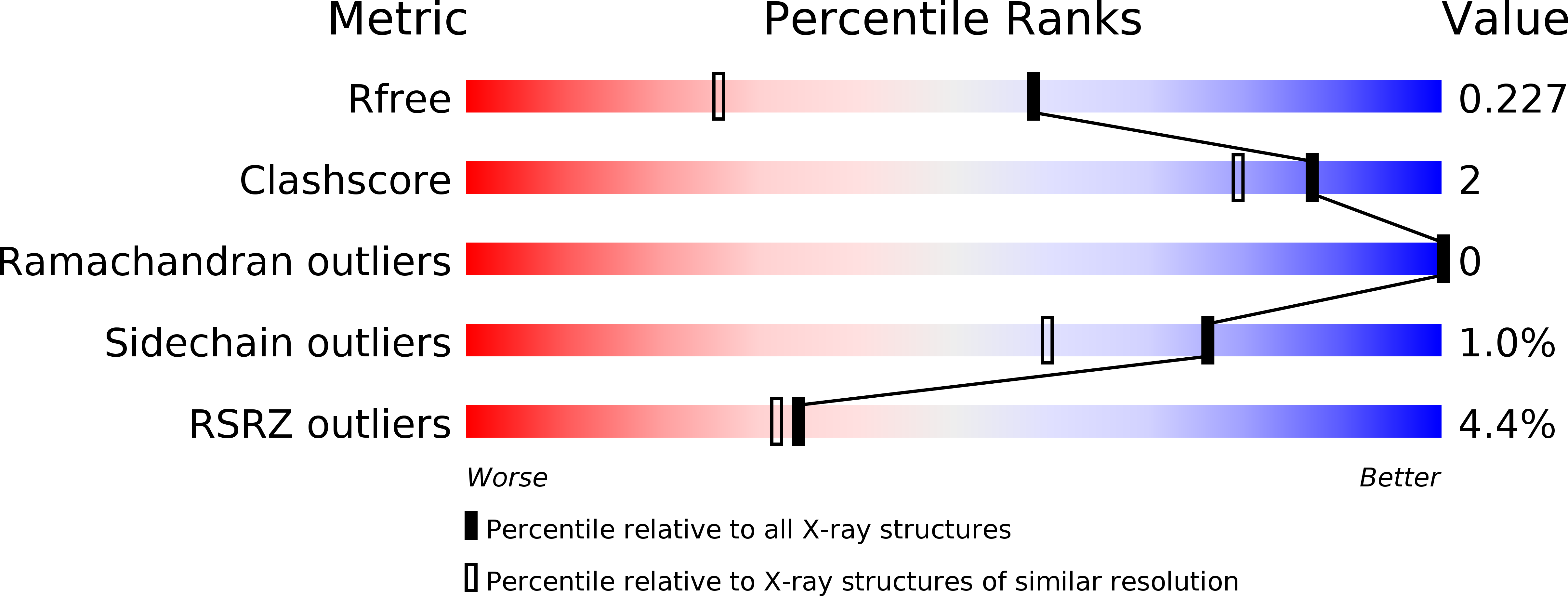
Deposition Date
2013-02-14
Release Date
2014-01-08
Last Version Date
2024-10-30
Entry Detail
PDB ID:
4J8O
Keywords:
Title:
SET7/9 in complex with TAF10K189A peptide and AdoHcy
Biological Source:
Source Organism:
Homo sapiens (Taxon ID: 9606)
Host Organism:
Method Details:
Experimental Method:
Resolution:
1.63 Å
R-Value Free:
0.22
R-Value Work:
0.19
R-Value Observed:
0.19
Space Group:
P 32 2 1


